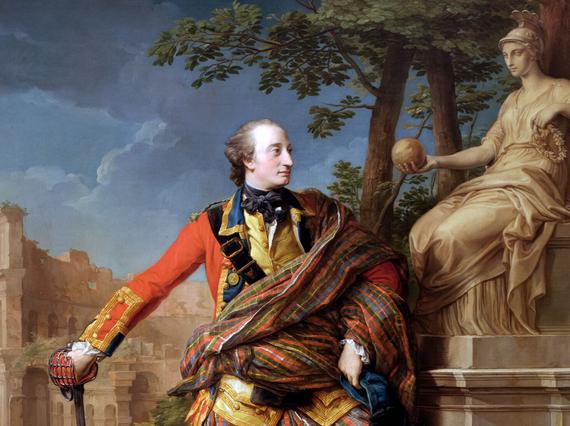
About Wild and Majestic: Romantic Visions of Scotland
Dramatic highland landscapes, heroic histories, tartan and bagpipes are among the defining images of Scotland for many people around the world today.
From the Romantic movement of the 18th and early 19th centuries to Queen Victoria’s highland idyll at Balmoral, Wild and Majestic considered the origins of these ideas and explored how they were used to represent Scotland around the world, expressed through highland and military dress, royal visits, art, literature and the beginnings of the Scottish tourism industry.
Featuring rich displays and iconic objects, this landmark exhibition charted Scotland’s journey into the global imagination and invited visitors to think again about the meaning and relevance of ideas that continue to define Scotland today.
National Museums Scotland partnered with Sabhal Mòr Ostaig College on Skye, part of the University of the Highlands and Islands (UHI), on the production of content for the exhibition. Gaelic language and culture featured throughout the exhibition, with the main narrative presented in both English and Gaelic.
Each section of the exhibition included exploration of themes from a Gaelic-cultural perspective, and throughout the exhibition filmed interviews reflected a range of perspectives, including Gaelic voices, on some contested historical themes about the period.
Exhibition highlights
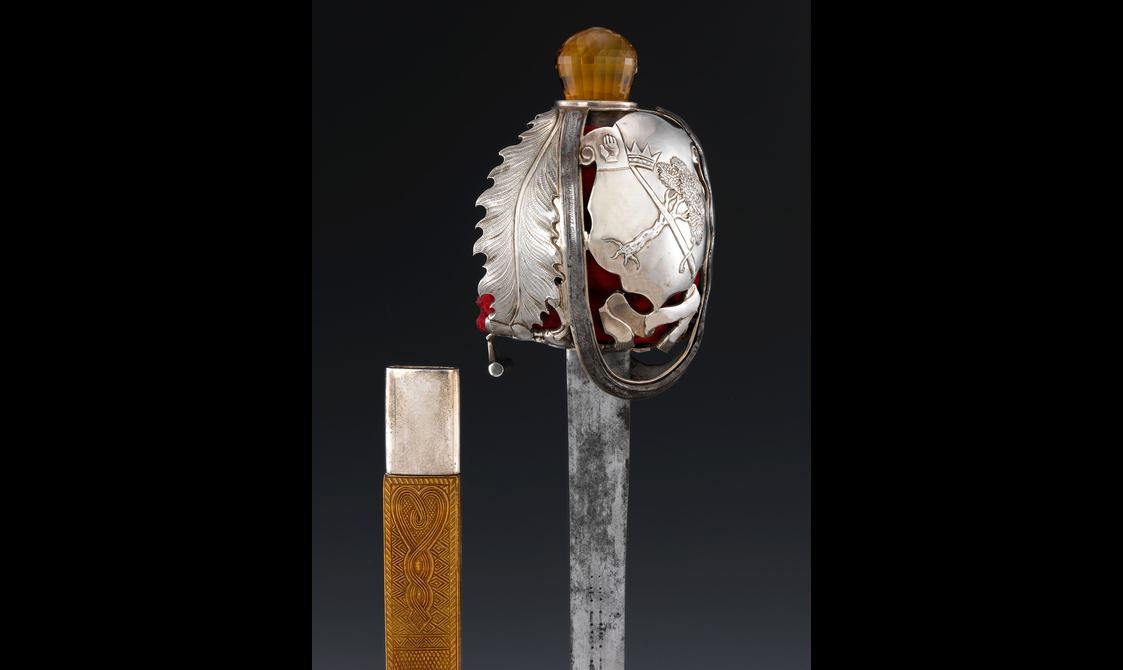
Sword of MacGregor of MacGregor, worn in 1822
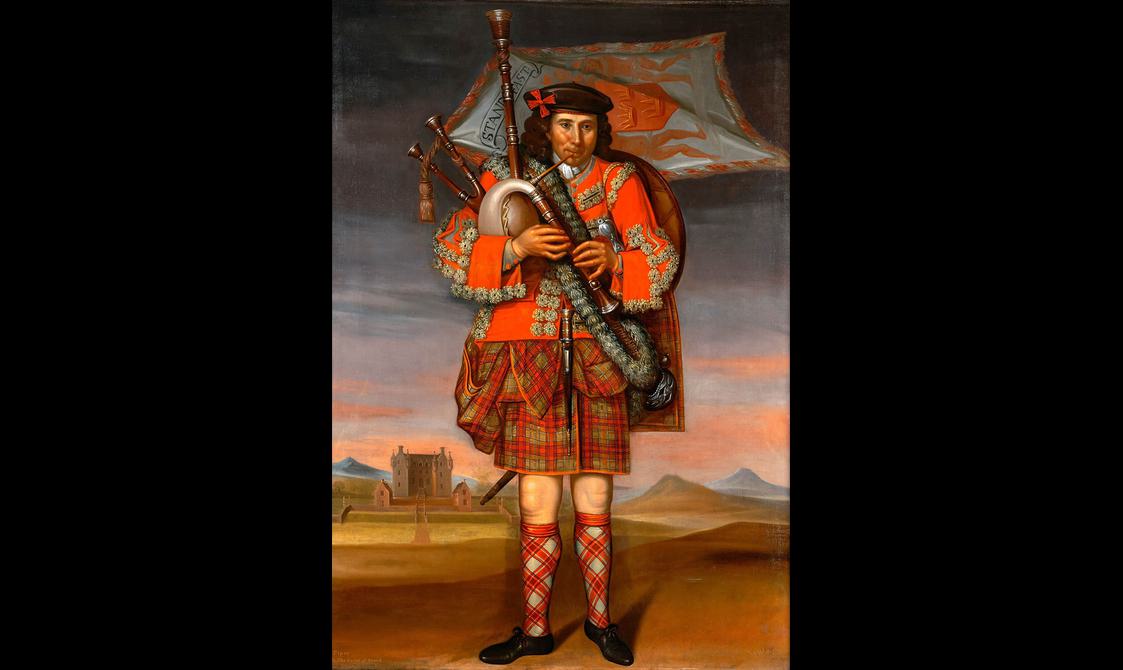

Sample of Stewart tartan.

Part of the uniform of a member of the Royal Company of Archers, c. 1820
Visitor views
You might also like
- Discover
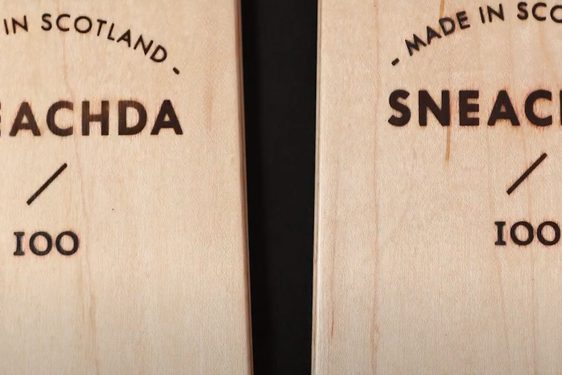
Scotland's ski-maker
Jamie Kunka is a self-taught ski-maker. Fusing tradition and innovation, he founded Lonely Mountain Skis in Birnam, Perthshire.Keep reading - Discover
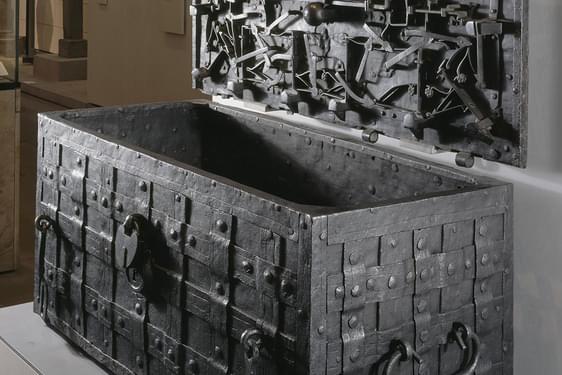
The Darien Scheme: Scotland's failed venture to colonise part of Panama
This imposing iron chest stored money and documents associated with the Company of Scotland. This was a trading company set up in 1695 to promote Scottish trade overseas.The company is now remembered for the disastrous venture to establish…Keep reading - Discover
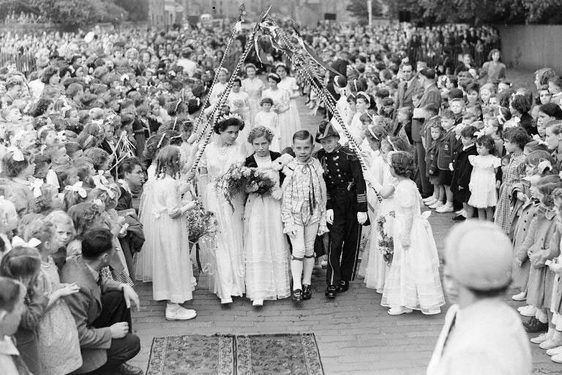
Scotland's crowning glory: Gala days past and present
Gala days are popular annual events across Scotland, especially in former mining villages and fishing communities.Keep reading